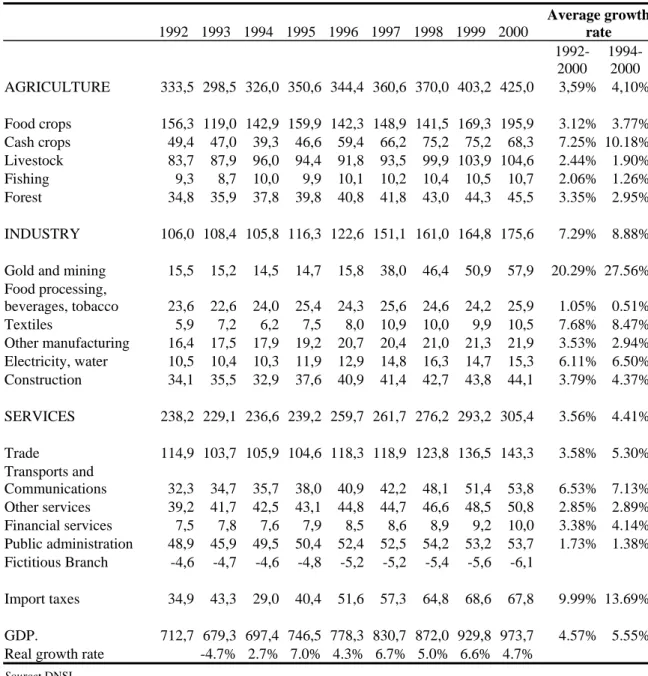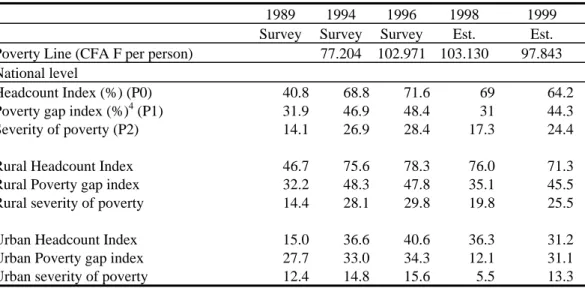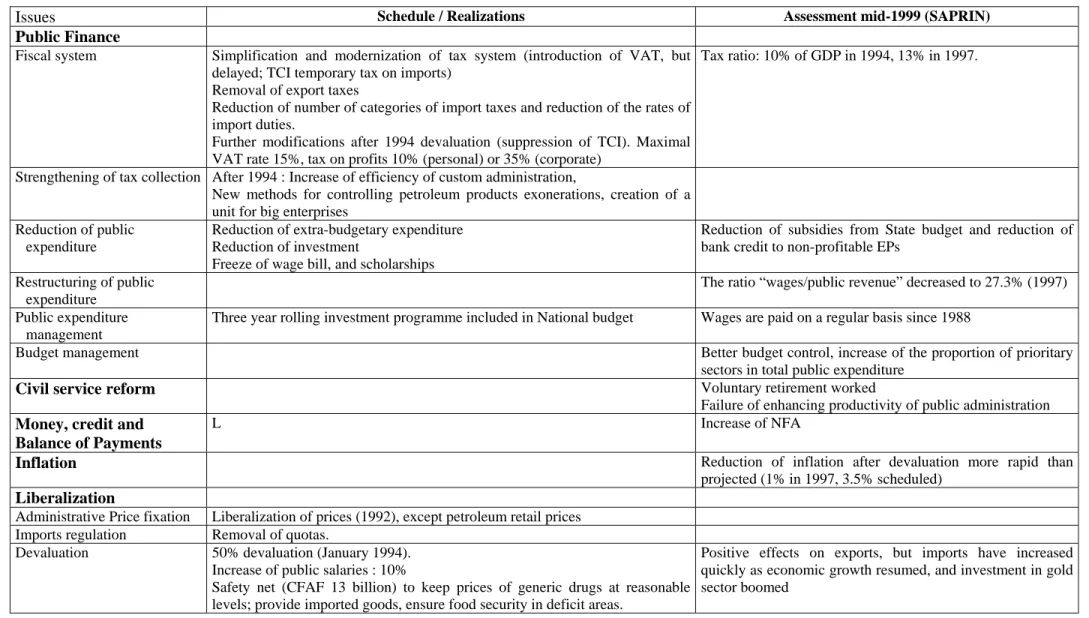Perspectives on growth and poverty reduction in Mali
Texte intégral
Figure




Documents relatifs
This substantial (5 Parts, 20 Chapters and 590 pages) volume is a collection of essays based on the proceedings of the international conference on Growth, Poverty Alleviation
The LIDE variable measuring foreign direct investment has a negative impact on the Gini index to a threshold of 5%.For the Granger causality test; we notice that there is
Likewise, given normalized excess incomes of the rich, a proportionate reduction in the deprivations of the poor decreases the PRF index accordingly.. Note that the
The analysis of food safety policy is based on a macro-economic analysis of the offer (policies of production pricing and subsidizing, investment policies) and demand
On an institutional level, this has found expression in the implementation of the programme for strengthening national capabilities for strategic management of development
This paper argues that making regional integration work for Africa requires that African governments change their approach to economic integration and in particular shift emphasis
This evaluation report is prepared in the context of the evaluation of the Development Account (DA) United Nations Conference on Trade and Development’s (UNCTAD’s)
After controlling for standard growth determi- nants used in macroeconomic analyses, such as levels of human capital, life expectancy, initial income, and macroeconomic





